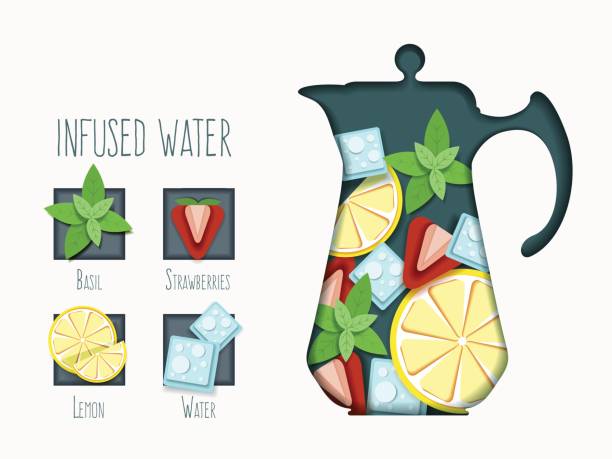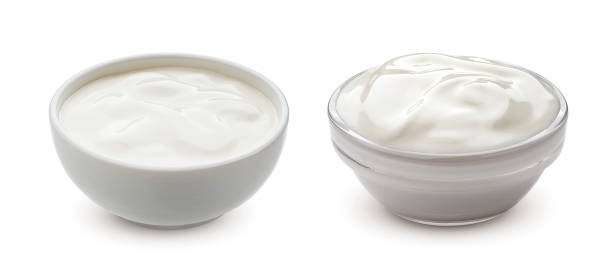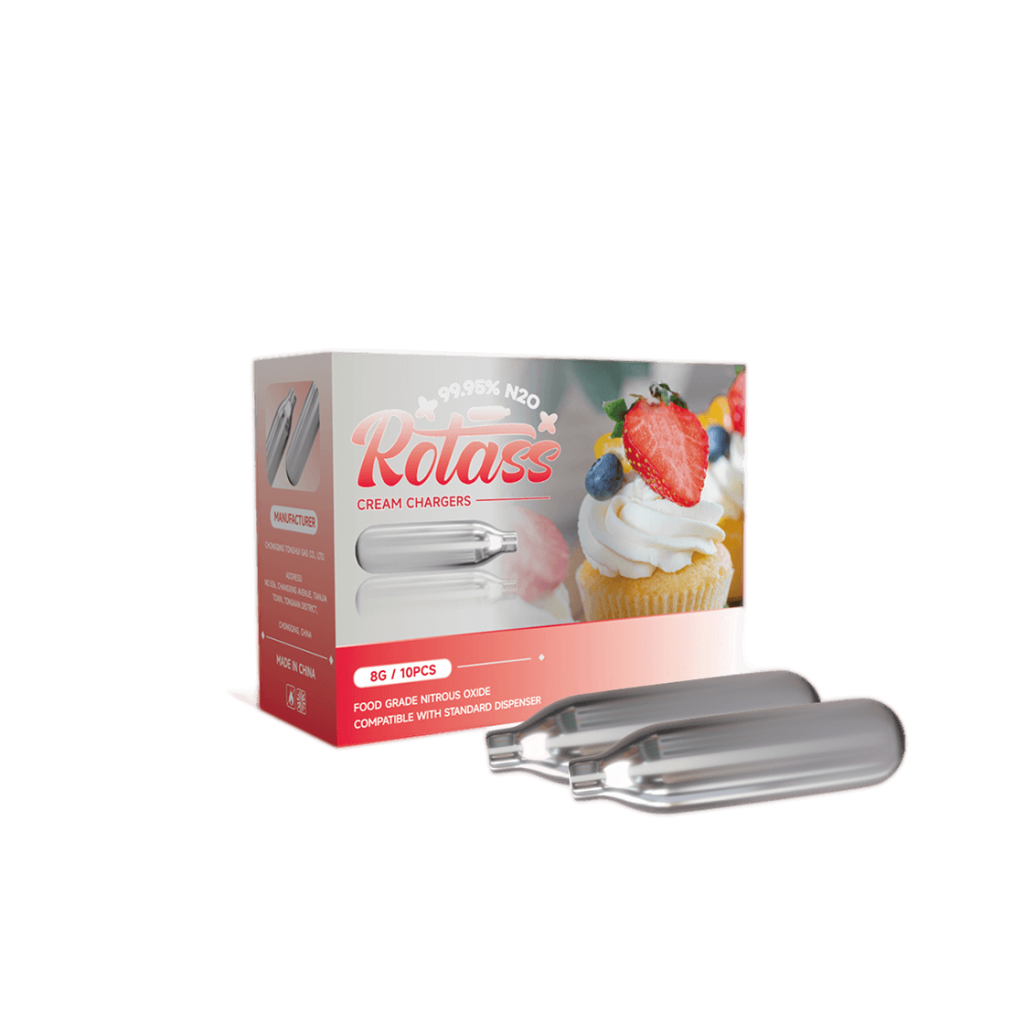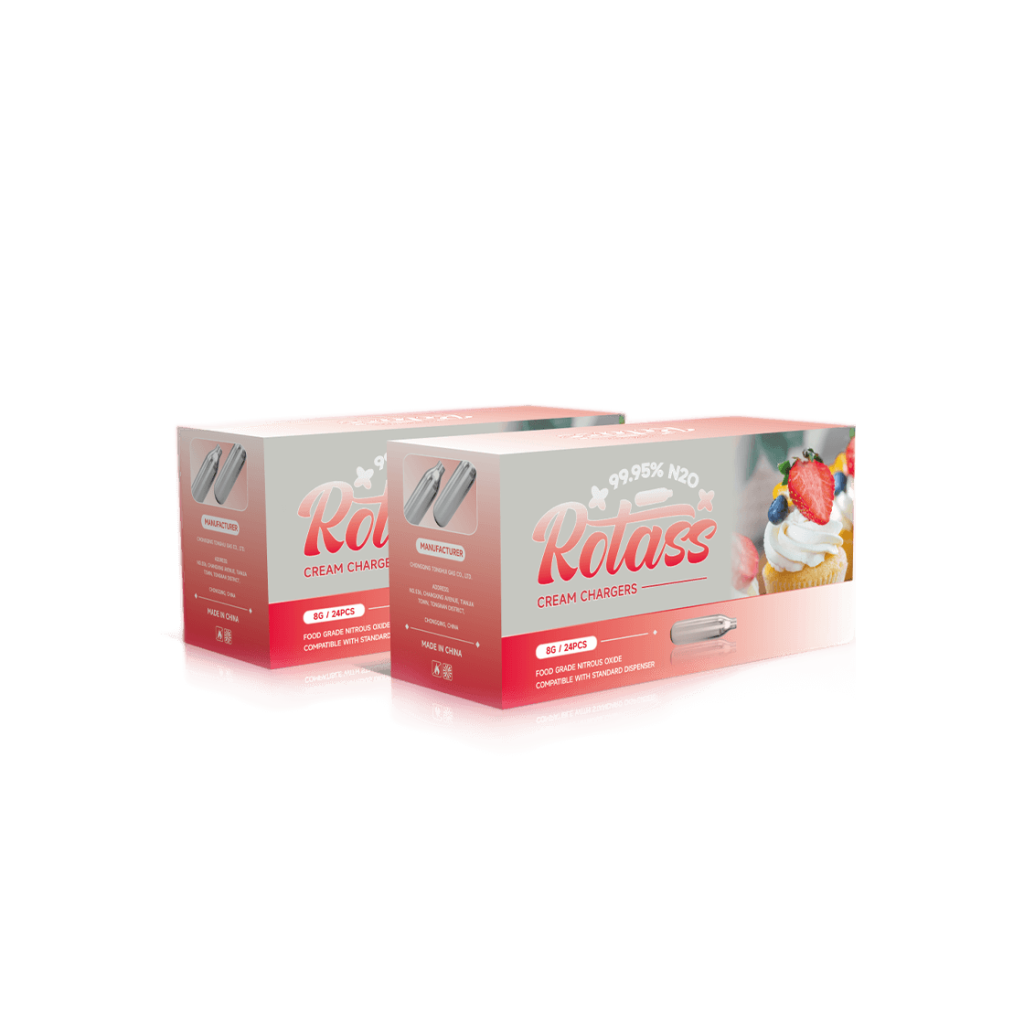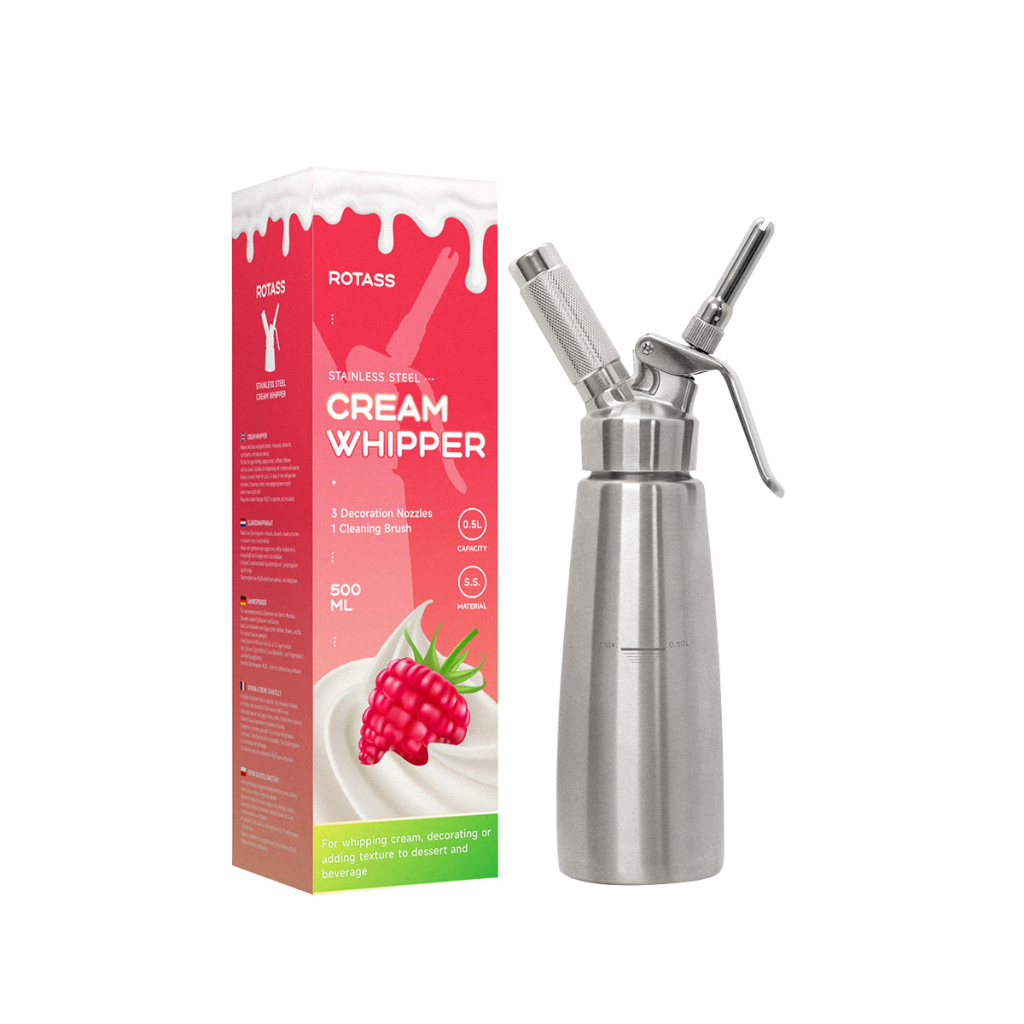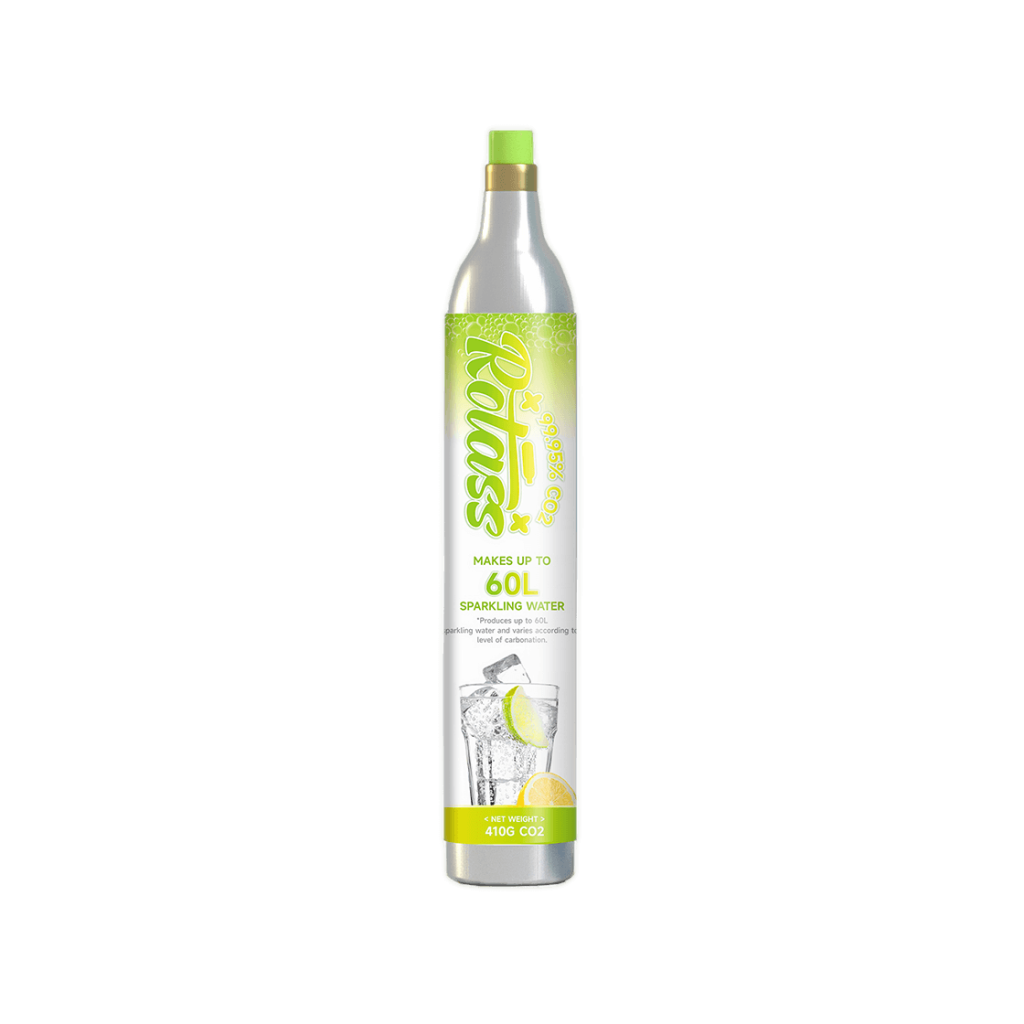2024 / 07 / 08
Understanding 8g N2O Cartridges and Their Uses
Nitrous oxide (N2O), commonly known as laughing gas, has a diverse range of applications spanning from culinary arts to medical fields. Among the various forms in which nitrous oxide is available, the 8g N2O cartridges stand out due to their convenience and popularity. These small, pressurized containers have become an essential tool in many kitchens and medical settings, and their recreational use has also grown. This article aims to provide a comprehensive understanding of 8g N2O cartridges, their different types, uses, safety considerations, and environmental impact.
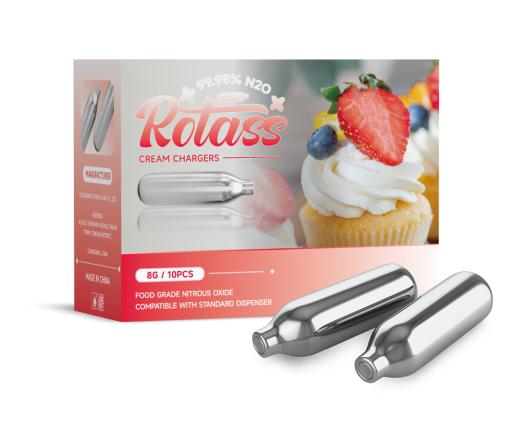
What are 8g N2O Cartridges?
8g N2O cartridges are small, metallic canisters filled with eight grams of nitrous oxide gas. These cartridges are designed to be used with various types of chargers to release the gas in a controlled manner. The standard size makes them compatible with a wide range of devices, ensuring their versatility and ease of use. The gas inside these cartridges is stored under high pressure, which allows a significant amount of nitrous oxide to be contained in a compact form. These cartridges are commonly used in culinary applications, especially in whipping cream, but they also have medical and recreational uses.
Types of 8g N2O Chargers
1. Handheld Cream Chargers
Handheld cream chargers are the most commonly used type of N2O chargers. These devices are typically made of stainless steel or aluminum and are designed to hold a single 8g N2O cartridge. To use a handheld cream charger, you insert the cartridge into the device, which punctures the cartridge and releases the gas into a container, such as a whipped cream dispenser. These chargers are popular in home kitchens and professional settings due to their convenience and efficiency. Popular brands include Rotass, SupremeWhip, and FreshWhip, known for their reliability and performance.
2. Commercial Cream Chargers
Commercial cream chargers are larger and more robust than their handheld counterparts. They are designed to handle multiple cartridges or larger gas canisters, making them suitable for high-volume use in commercial kitchens, bakeries, and restaurants. These chargers often come with advanced features such as adjustable pressure settings and multiple nozzle attachments, allowing chefs to create a variety of textures and presentations. The primary advantage of commercial cream chargers is their ability to handle larger quantities of nitrous oxide, making them ideal for professional culinary environments.
3. Specialized Chargers for Specific Uses
In addition to culinary applications, there are specialized N2O chargers designed for medical, dental, and recreational uses. Medical and dental chargers are used to administer nitrous oxide as a sedative and analgesic during procedures. These chargers are equipped with precise control mechanisms to ensure the safe and accurate delivery of the gas. Recreational chargers, often referred to as “whippits” or “whippets,” are used to inhale nitrous oxide for its euphoric effects. While the recreational use of N2O is widespread, it is essential to note the associated legal and health risks.
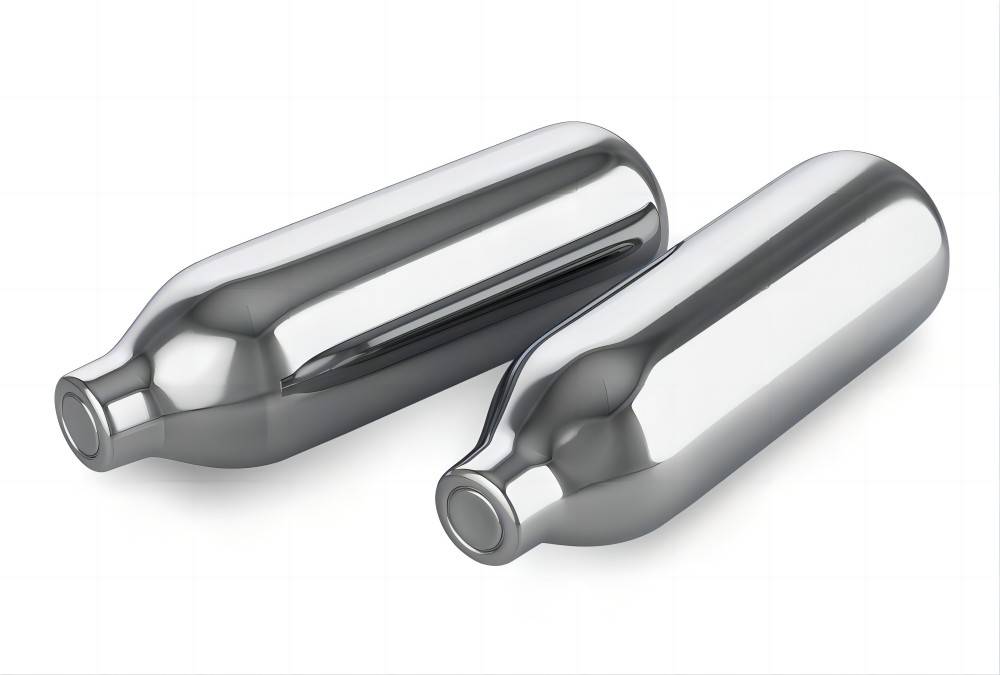
Uses of N2O Cream Chargers
1. Culinary Applications
- Use in Whipping Cream: One of the most common uses of N2O cream chargers is in whipping cream. When the gas is released into a whipped cream dispenser, it aerates the cream, creating a light and fluffy texture. This process is much faster and more efficient than traditional methods, making it a favorite among chefs and home cooks alike. The whipped cream produced using N2O chargers is often used as a topping for desserts, beverages, and savory dishes.
- Preparation of Foams and Infusions: Beyond whipping cream, N2O chargers are also used to create a variety of culinary foams and infusions. By combining the gas with different liquids, chefs can produce stable foams that add texture and visual appeal to dishes. This technique is widely used in molecular gastronomy to create innovative and unexpected culinary experiences. Additionally, N2O chargers can be used to infuse flavors into liquids rapidly. For example, bartenders use them to infuse alcohol with herbs, fruits, and spices, enhancing the flavor profile of cocktails.
- Creative Culinary Uses in Modern Gastronomy: Modern gastronomy has embraced N2O chargers as a tool for culinary creativity. Chefs use them to experiment with new textures, flavors, and presentations. From creating airy mousses to carbonating fruits, the possibilities are endless. The ability to produce unique dishes quickly and consistently makes N2O chargers an indispensable tool in contemporary kitchens.
2. Medical and Dental Applications
- Use as a Sedative and Analgesic: In medical and dental fields, nitrous oxide is commonly used as a sedative and analgesic. Known for its anxiolytic and pain-relieving properties, N2O is administered to patients to help them relax and manage pain during procedures. Medical and dental N2O chargers are designed to deliver precise doses of the gas, ensuring patient safety and comfort.
- Administration Methods and Safety Considerations: The administration of nitrous oxide in medical settings requires careful monitoring and control. Medical professionals use specialized equipment to mix N2O with oxygen, providing a safe and effective sedative effect. It is crucial to adhere to safety guidelines and protocols to prevent any adverse effects. Proper training and certification are necessary for healthcare providers to use N2O safely and effectively.
3. Recreational Uses
- Popularity in Recreational Activities: Recreational use of nitrous oxide, often referred to as “laughing gas,” has gained popularity for its euphoric effects. Inhaling N2O can induce a brief but intense feeling of euphoria and relaxation. Recreational users typically use balloons or other devices to inhale the gas from the cartridges. While the experience is generally short-lived, the widespread availability of N2O cartridges has contributed to their recreational use.
- Legal and Safety Issues Associated with Recreational Use: The recreational use of nitrous oxide is not without risks. Legal regulations regarding N2O vary by region, with some areas imposing strict restrictions on its sale and use. Health risks associated with recreational use include oxygen deprivation, loss of motor control, and potential long-term neurological damage. It is essential to be aware of the legal and health implications before using N2O recreationally and to prioritize safety at all times.
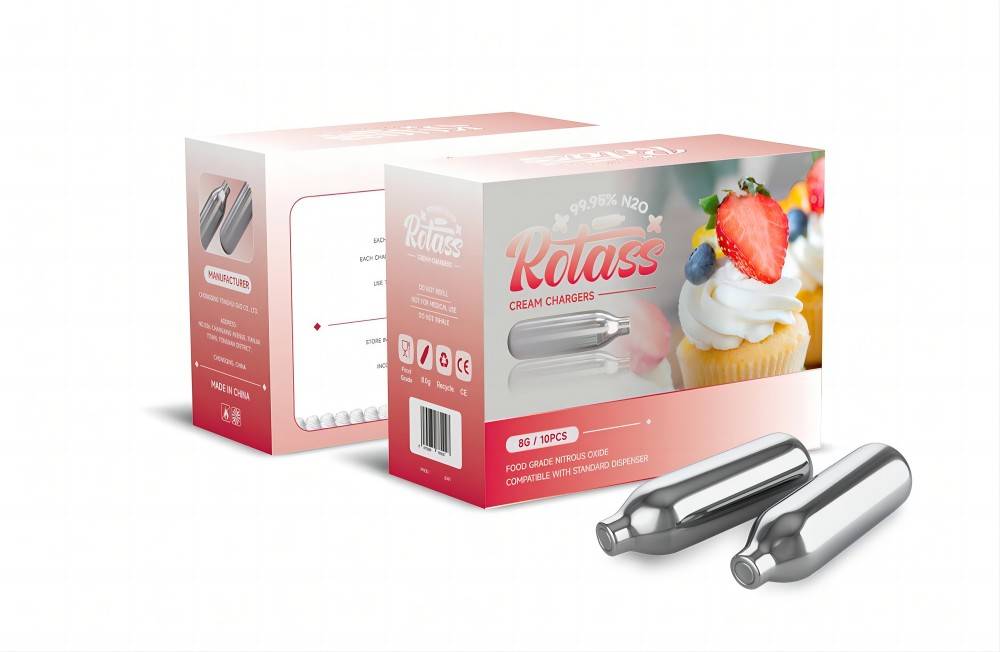
Nitrous Oxide Canisters: Safety and Regulations
1. Handling and Storage
Proper handling and storage of N2O cartridges are crucial to ensure safety. The cartridges should be kept in a cool, dry place away from direct sunlight and heat sources. It is essential to handle them with care to avoid puncturing or damaging the canisters, which can lead to accidental release of the gas. When using N2O chargers, always follow the manufacturer’s instructions and guidelines.
2. Legal Regulations
The legal status of nitrous oxide varies worldwide. In some regions, N2O cartridges are readily available for culinary and medical use, while in others, their sale and possession are regulated due to concerns about recreational misuse. It is important to understand and comply with local laws and regulations regarding the purchase and use of N2O cartridges. Violating these laws can result in legal penalties and fines.
3. Health and Safety Risks
Misuse of nitrous oxide can pose significant health risks. Inhaling N2O directly from cartridges or chargers can lead to oxygen deprivation, which can cause dizziness, fainting, and even death. Long-term misuse can result in neurological damage and other serious health issues. It is vital to use N2O responsibly and only for its intended purposes. Educating users about the potential risks and promoting safe practices can help prevent accidents and health complications.
Environmental Impact of N2O Cartridges
1. Production and Disposal
The production and disposal of N2O cartridges have environmental implications. The manufacturing process involves the use of raw materials and energy, contributing to carbon emissions. Additionally, improper disposal of used cartridges can lead to environmental pollution. It is important to follow proper disposal guidelines, such as recycling empty cartridges through designated programs or facilities.
2. Alternatives and Sustainable Practices
To mitigate the environmental impact of N2O cartridges, there are eco-friendly alternatives and sustainable practices that can be adopted. Some companies offer refillable N2O canisters, reducing the need for single-use cartridges. Encouraging the use of sustainable options and promoting recycling programs can significantly reduce the environmental footprint of N2O cartridges. Consumers and businesses alike should prioritize eco-friendly choices and practices to contribute to environmental conservation.
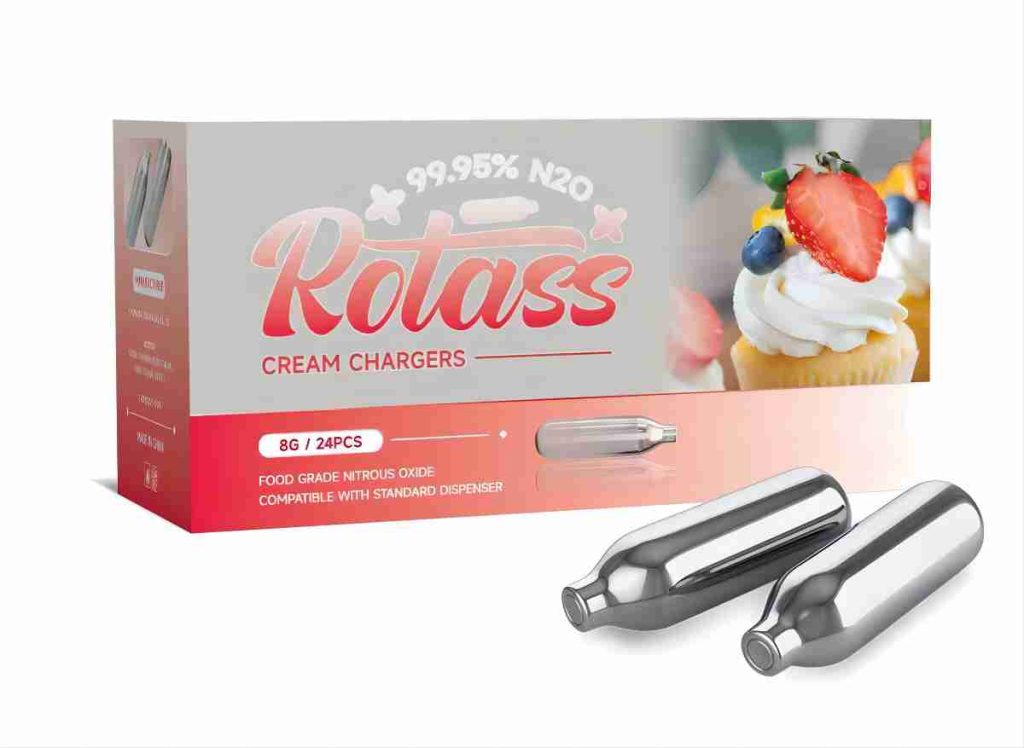
Conclusion
In summary, 8g N2O cartridges and chargers are versatile tools with a wide range of applications in culinary, medical, and recreational fields. Understanding the different types of chargers, their uses, and the associated safety and legal considerations is crucial for responsible use. While N2O cartridges offer numerous benefits, it is important to be aware of the potential health risks and environmental impact. By following safety guidelines, adhering to legal regulations, and adopting sustainable practices, users can enjoy the advantages of N2O cartridges while minimizing negative consequences.



